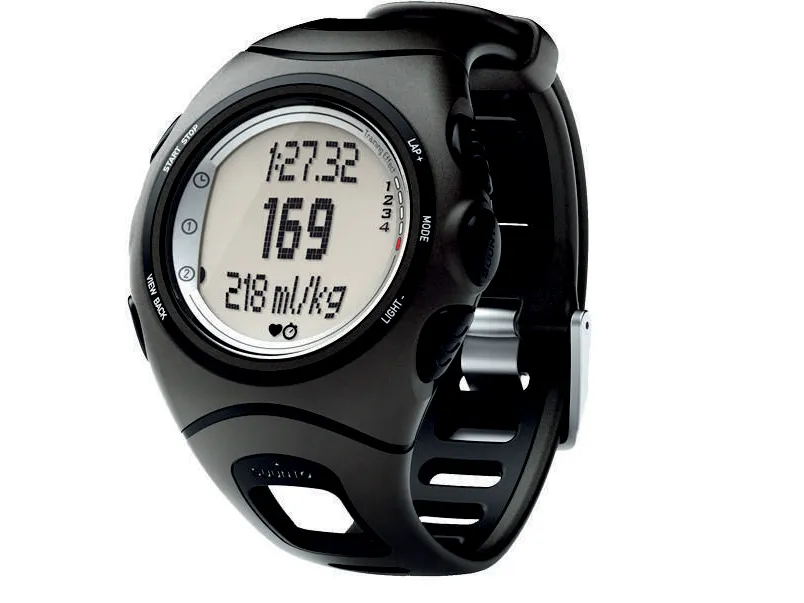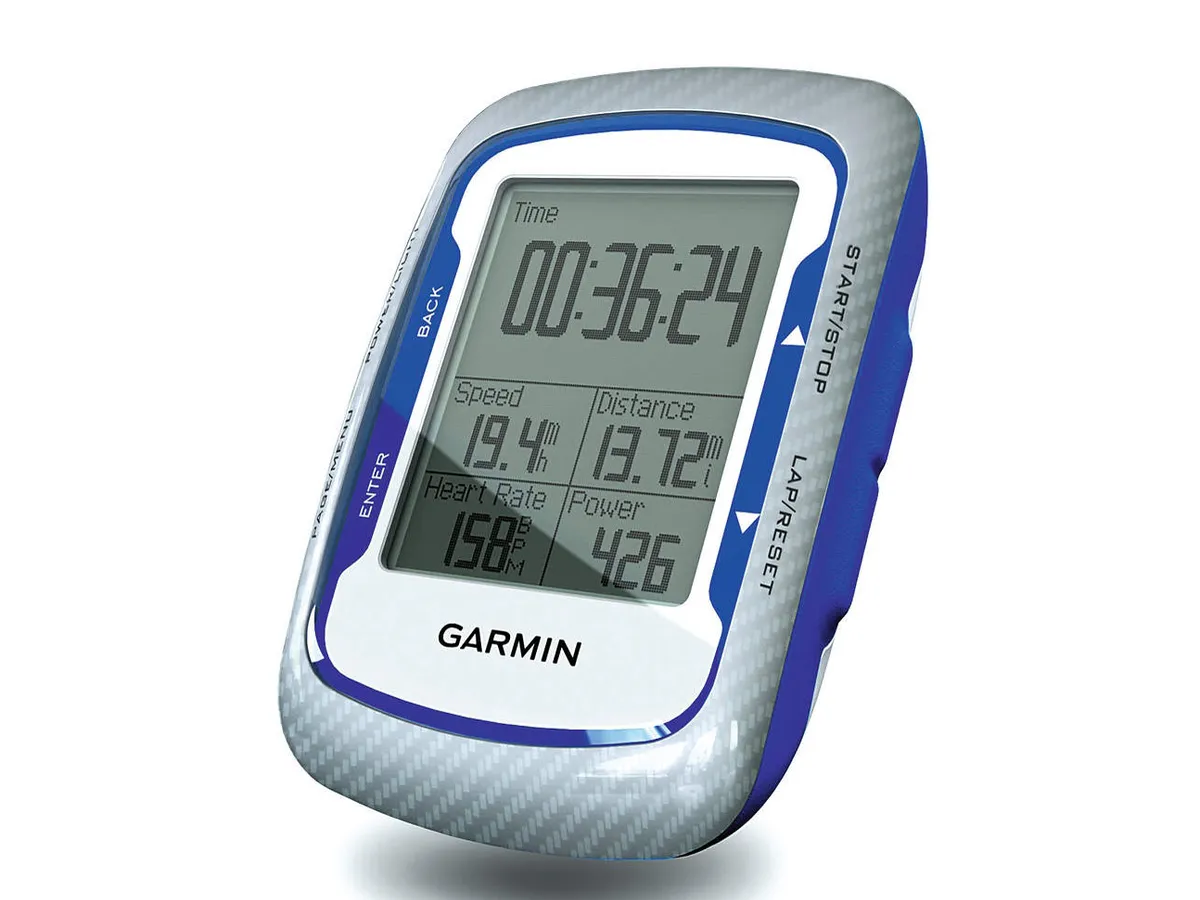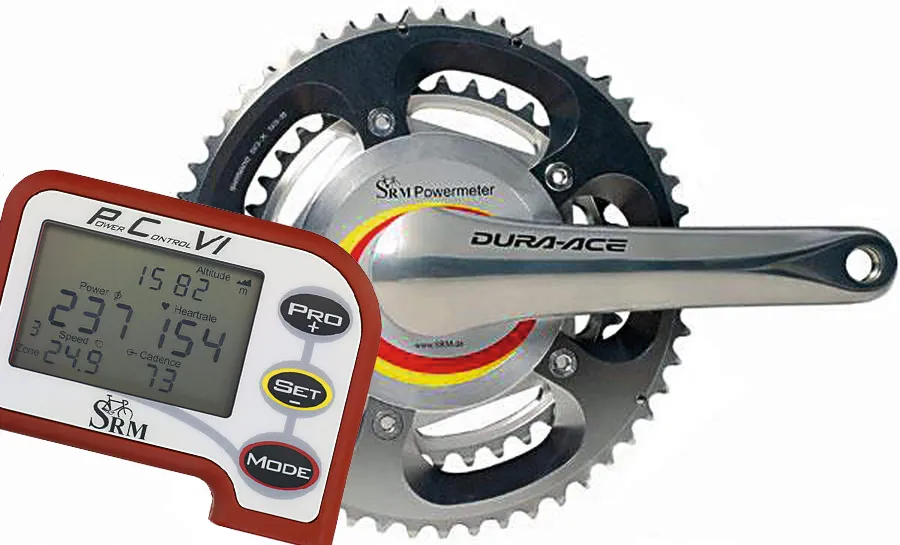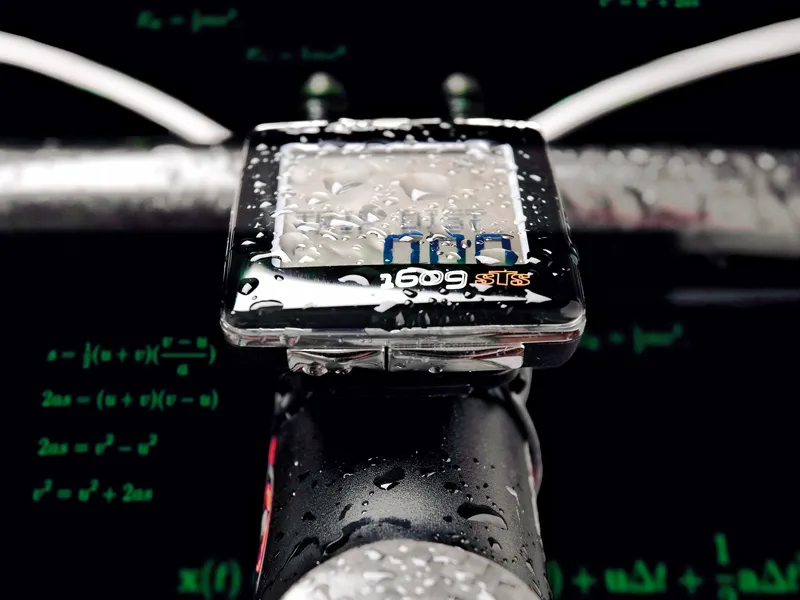Saturday morning's training was a two-hour easy bike ride. Sunday morning’s training was another two-hour easy bike ride. Does this sound like you? And you wonder why your race times never get any faster?
There are no prizes for total training mileage. It’s not a day trip, and unless you have a basket on the front you shouldn’t treat it like one. Bike workouts are supposed to train your body for the rigours of racing, and sitting on the saddle for two hours of daydreaming and chatting just won’t cut it.
Firstly, you’re out for twice as long, so it seems mentally easier to just ride and chat. Secondly the hills, junctions, traffic, wind and rain make it harder to structure your bike sessions properly. But if you want to be a fast cyclist you need to overcome those issues. Because if all you do is ride at a steady pace, you’ll only train your body to do one thing, and that’s ride steadily. And I’m guessing you want to race much faster than that!
There are loads of ways you can inject some pace into your cycling, starting with some of the great cycling gadgets that are available now. Gadgets including bike computers and heart-rate monitors can all help you break free of constant easy-paced riding, taking you to a whole new level of performance. So let's take a look at some of those cycling gadgets, and show you some of the great speed-boosting sessions that you can use them for.
Bike computer (Price from £10)

Bike computers are the first step on the ladder towards clever training. Basic models measure speed, distance and average speed, and you can structure some tough race-pace workouts using just these simple features. Spend a bit more cash, and you can expect features inclusing wireless speed sensors, cadence measurement, altitude and even heart rate.
Advantages
- Inexpensive
- Small
- Easy to install
Disdvantages
- Using Speed as a performance measure is not ideal. It depends so heavily on variables including hills, weather, road surface and aerodynamics
Your training
Course: Any flat or rolling route without too many junctions.
Session: 20 minutes warm-up, using a combination of Speed and Average Speed functions. 10 x 1 miles at target race speed with three minutes active rests. 20 minutes warm down.
You’ll only need a very basic model to benefit from this training routine.
--------------------------------------------------------------------------------------------------------------------------
Heart-rate monitor (Price from £20)

Heart-rate monitors give you an insight into how your body reacts to training and racing. There are entire books dedicated to training with heart-rate, so if you love graphs and numbers, a heart-rate monitor would be ideal for you. You can either self-test or pay for outside testing in order to work out your heart-rate training zones. This will enable you to train more specifically.
Advantages
- Inexpensive
- Reliable
- Gives you feedback about your body
- Allows you to train more scientifically
Disadvantages
- Heart rate is slow to react to changes in pace.
- Testing is needed to work out accurate heart-rate training zones
Your training
Course: Any flat or rolling route without too many junctions
Session: 10 minutes warm up at 65% of your maximum heart-rate (HR Max). Eight minutes at 70% HR Max, two minutes spin. Seven minutes at 75% HR Max, two minutes easy spin. Six minutes at 80% HR Max, two minutes spin. Five minutes at 85% HR Max, two minutes spin. Three minutes at 90% HR Max, 10 minutes warm down at 65% HR Max.
You can use heart-rate monitors very basically, so they’re good for technophobes.
--------------------------------------------------------------------------------------------------------------------------
GPS cycle computer (Price from £250)

Cycle computers with Global Positioning Satellite capability (GPS) measure everything that standard top-end cycle computers do, and more. They can help you navigate by pointing you in the right direction, online resources allow you to upload and analyse all your rides in detail, and the Garmin Virtual Partner stores your previous performance and then pits you against it next time you ride that course.
Advantages
- Enables you to try new routes without getting lost
- Offers dozens of functions, including heart-rate, speed and cadence
- Allows detailed post-ride analysis on your PC
Disadvantages
- Expensive
- Requires charging every time
- Its wealth of features can be overwhelming for some
Your training
Course: Any course without too many junctions. Can be hilly
Session: 15 minutes easy warm-up. 10 mile miled route at race pace, versus a previously recorded effort using the Virtual Partner feature. 15 minutes easy warm down.
Racing against your previous performance will motivate you to ride harder.
--------------------------------------------------------------------------------------------------------------------------
Power meter (Price from £800)

Power meters are like normal bike computers, except they measure one more thing – power in watts. Power refers to how hard you pedal, multiplied by how fast you pedal. It’s a great way of pacing your effort in training and races. If your wattage is high, it means you’re turning the pedals hard and fast. There’s no need to factor in hills, wind or aerodynamics, as your power-meter tells it like it is.
Advantages
- Shows exactly how well you’re riding
- Great for pacing yourself in races and training
- Reacts instantly to any changes in effort
Disadvantages
- Very expensive
- Can be heavy
- Some models require calibration
Your training
Course: Any flat or rolling route, without too many junctions
Advantages 15 minutes easy warm-up. 9 x 3 minutes holding your target race wattage, with 90 second easy spin recoveries. 15 minutes easy warm-down.
Many top pros use power meters to pace themselves.
